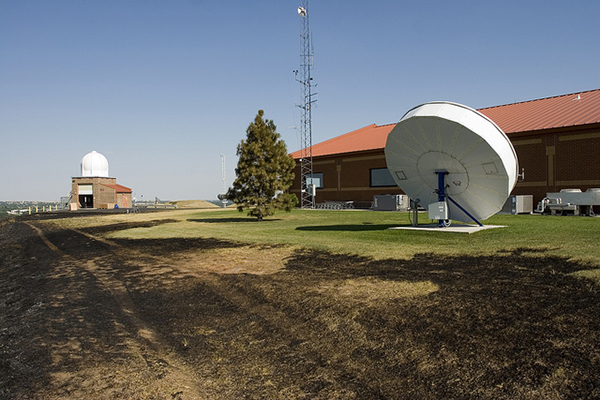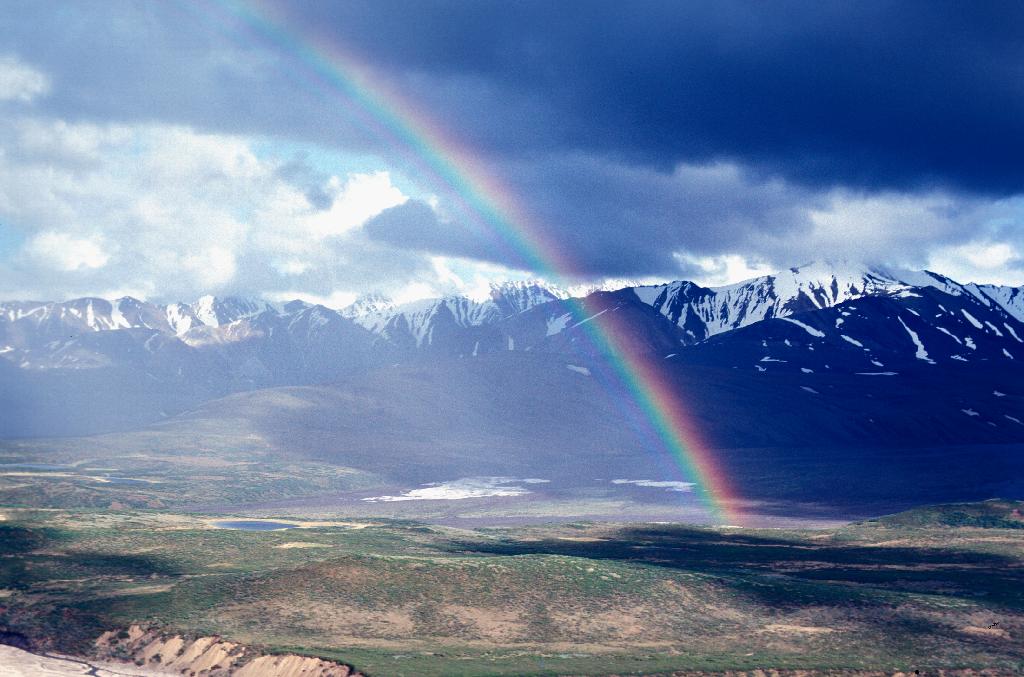Introduction

Credit: Eric Kurth, NOAA/NWS/WFO/Sacramento
Even the youngest learners are aware of weather. It's easy to understand why they are interested in this topic. Weather directly affects their plans for the day. It determines how they dress, and what gear-boots, mittens, umbrellas, sunscreen, etc.-to pack for an event. Rarely does weather stay the same for long--wherever one lives. Weather is a constantly changing set of phenomena and easily observable. That's why weather also provides an excellent topic for scientific study. Even though meteorology includes some complex science, it is a wonderful example of how scientists make predictions based on measurements and observations.
What are Children Likely to Know?

© Bruce Molnia, Terra Photographics
Young children will have a working understanding of weather based upon their direct experiences with weather conditions. They will know that winds, clouds, rain, snow, heat and cooling are all involved with weather. However, they may have very little understanding of how these elements interact to produce weather systems. For them, it's concrete experiences that drive their understandings. Very young children see weather as isolated events. They think of it intuitively and momentarily when things happen that grab their attention. Connecting the different pieces to understand how one part can cause another, like clouds and rain, or clear skies and higher temperatures, comes later. Even then, children's ideas are likely to be limited to what they can actually observe. It's important to see the ideas children have as building blocks upon which they can develop a more scientific understanding of weather.
Finding Out What Your Students Already Know About Weather
Knowing what ideas children already have about a science topic is critical to providing appropriate learning situations. Time spent revealing their ideas is a good investment. Quite apart from alerting you, the teacher, to their current understanding of weather, it also gets them going--focusing them on what they will be doing. It gives students a stake in the learning enterprise; "This is the bit I have to offer." Finally, it fixes a benchmark for each student against which he or she can make later comparisons, which allows him or her to see how understanding has progressed.
Here are some questions about weather that can be used to get your students thinking. You can have them write or draw answers, share and discuss them with a partner, and then repeat the process with another pair, forming a group of four (Think-Pair-Share):
- What is the weather like today?
- What would be the opposite type of weather?
- How does the weather affect what you do?
- What different kinds of weather are there?
- What do you think the weather will be like tomorrow and why?
When groups have discussed these questions, have them report their ideas to everyone. You can write up these ideas on the marker-board, overhead, or flipchart for later reference.
Investigation Questions
Each of the investigations that follow are led by an investigative question. It is important that students come to realize that scientists try to find out about the world by asking questions, predicting likely answers and conducting tests to see if their ideas are correct or not.
Weather Unit Sections
What is there between you and me?
How can you tell air is "something?"
What can air do when it presses on things?
How can we put things in a sequence by how hot they are?
How much can air temperature change during a day?
Revisit the concept of Temperature
How can you tell the speed of the wind?
How can you tell the direction of the wind?
How can we see if water is in the air?
How can you tell the speed of the wind?
